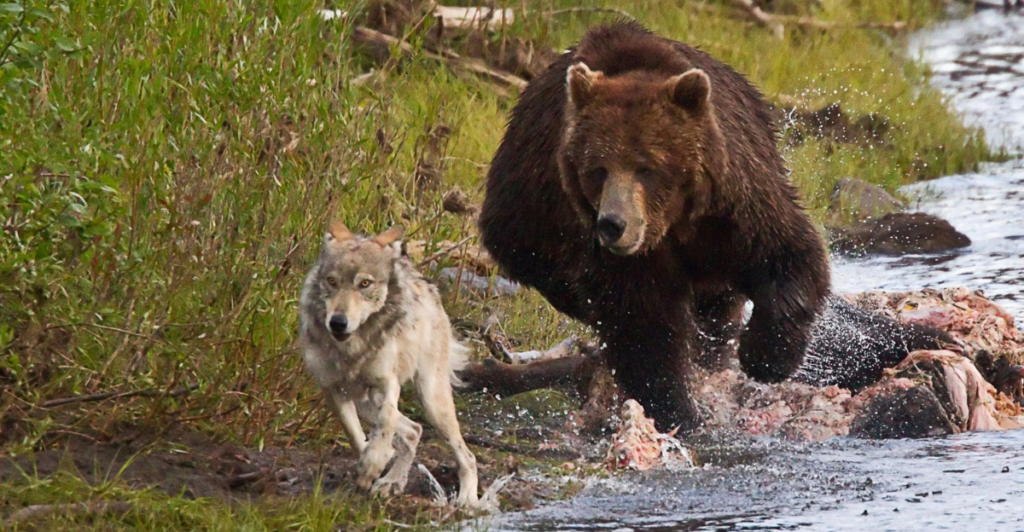
The Greenland shark holds the record for the longest-living vertebrate, with lifespans estimated between 250 and 500 years. These deep-sea dwellers inhabit the cold waters of the North Atlantic and Arctic Oceans, where their slow metabolism contributes to their remarkable longevity.
Reaching sexual maturity around 150 years of age, Greenland sharks grow at an incredibly slow rate, approximately 1 cm per year. Their sluggish lifestyle and frigid habitat help minimize cellular damage over time, allowing them to outlive most other species by centuries.
Despite their impressive age, much about these elusive sharks remains a mystery. Their deep-sea habitat makes them difficult to study, but ongoing research aims to uncover the secrets behind their extraordinary lifespan.
1. Ocean Quahog
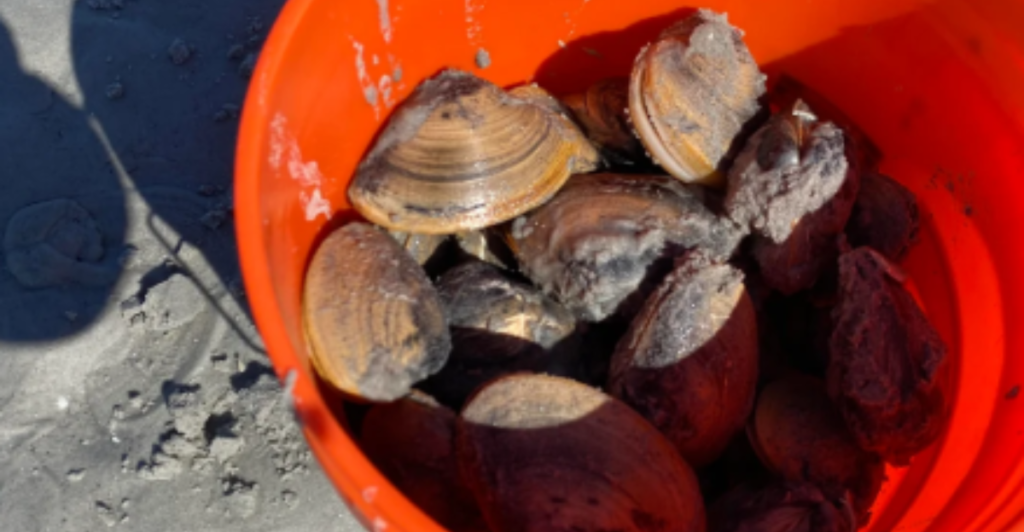
The ocean quahog, a species of edible clam found in the North Atlantic, is known for its exceptional longevity. One specimen, nicknamed “Ming,” was determined to be over 500 years old, making it one of the oldest non-colonial animals ever recorded.
These clams grow slowly and have a low metabolic rate, factors that contribute to their extended lifespans. Their shells provide valuable data for scientists studying climate change, as growth rings can reveal historical ocean conditions.
Living buried in the seabed, ocean quahogs lead unassuming lives, but their remarkable age makes them a subject of fascination and study in the scientific community.
2. Galápagos Tortoise

Galápagos tortoises are among the longest-living vertebrates, with lifespans exceeding 100 years. Some individuals in captivity have lived over 170 years, showcasing their impressive longevity.
Native to the Galápagos Islands, these tortoises have adapted to various environments, with different subspecies exhibiting unique shell shapes and sizes. Their slow metabolism and lack of natural predators contribute to their extended lifespans.
Conservation efforts have been crucial in protecting these iconic reptiles, whose populations declined significantly due to human activity. Today, they remain a symbol of endurance and the importance of preserving biodiversity.
3. Bowhead Whale
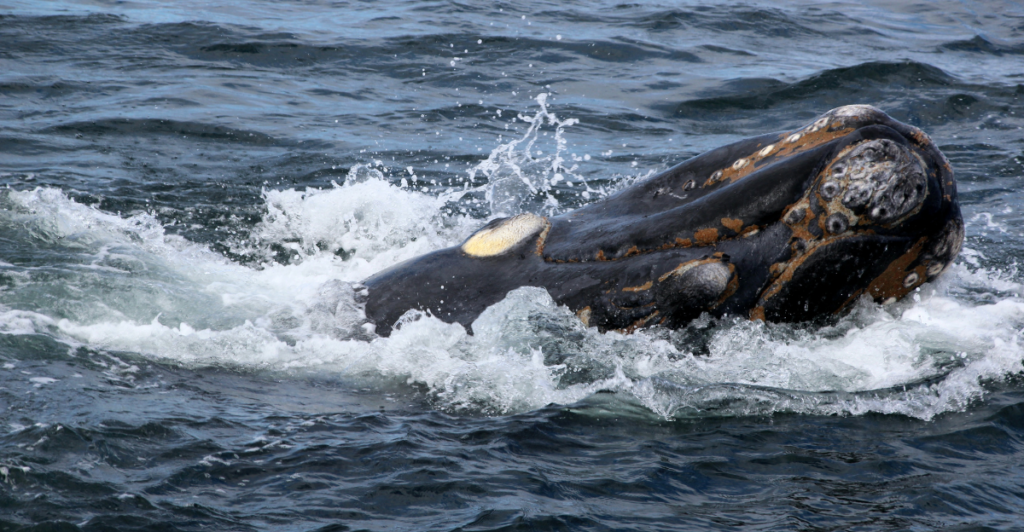
Bowhead whales, inhabiting Arctic and sub-Arctic regions, are known to live over 200 years, making them the longest-living mammals. Their longevity is attributed to their slow metabolism and adaptations to cold environments.
These whales possess unique genetic traits that contribute to their extended lifespans, including enhanced DNA repair mechanisms. Studying bowhead whales offers insights into aging and resilience in extreme conditions.
Despite historical whaling pressures, bowhead whale populations have shown signs of recovery, highlighting the importance of conservation efforts in ensuring the survival of long-lived species.
4. Red Sea Urchin
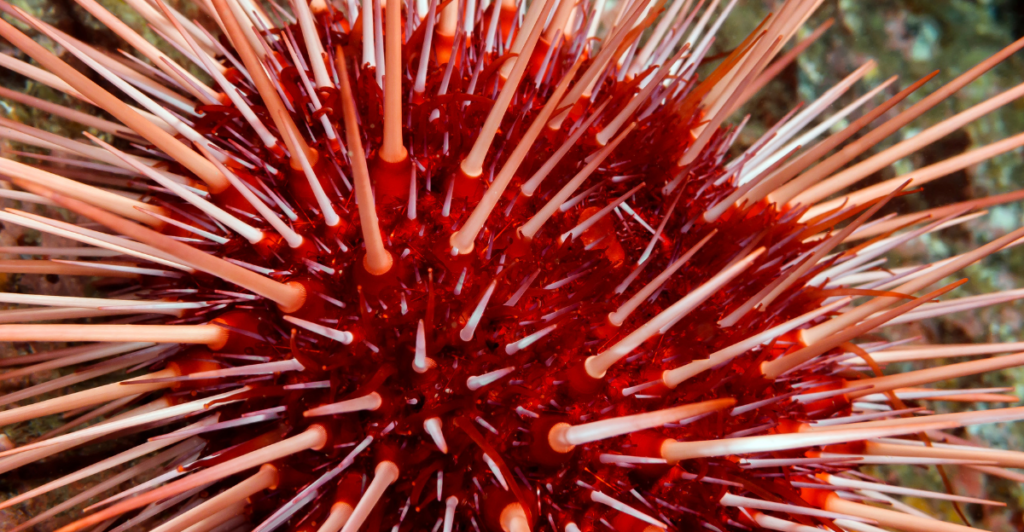
Red sea urchins, found along the Pacific coast of North America, can live over 200 years. Their longevity is linked to their slow growth and low metabolic rates, which reduce cellular damage over time.
These echinoderms play a vital role in marine ecosystems, grazing on kelp and providing a habitat for other species. Their long lifespans make them valuable indicators of environmental changes in their habitats.
Understanding the biology of red sea urchins contributes to our knowledge of aging processes and the factors that enable certain species to achieve remarkable lifespans.
5. Rougheye Rockfish
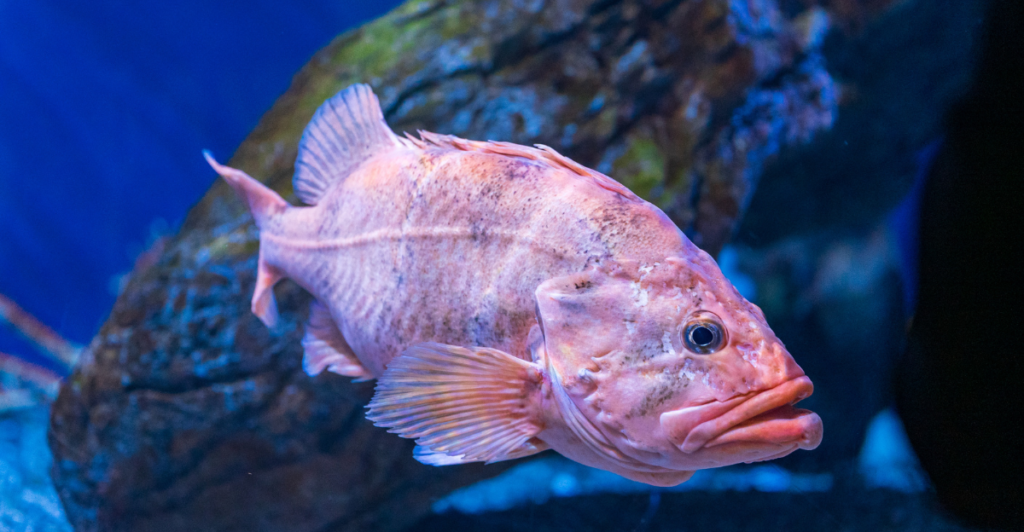
The rougheye rockfish, dwelling in the deep waters of the North Pacific, can live up to 205 years. Their extended lifespans are associated with their cold, stable environments and slow growth rates.
These fish are characterized by their spiny fins and distinctive coloration. Their longevity and late maturity make them vulnerable to overfishing, emphasizing the need for sustainable management practices.
Studying rougheye rockfish helps scientists understand the impact of environmental factors on aging and the importance of preserving deep-sea habitats.
6. Freshwater Pearl Mussel
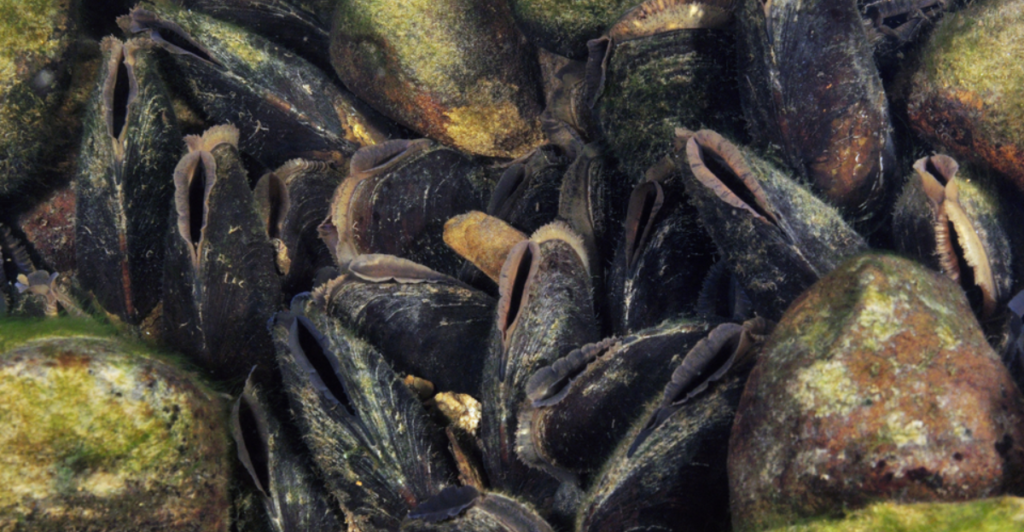
Freshwater pearl mussels, found in clean, fast-flowing rivers in Europe and North America, can live over 280 years. Their longevity is attributed to their slow metabolism and sedentary lifestyle.
These mussels play a crucial role in maintaining water quality by filtering particles from the water. However, they face threats from habitat degradation and pollution, leading to declines in their populations.
Conservation efforts are essential to protect these long-lived bivalves, which serve as indicators of healthy freshwater ecosystems.
7. Antarctic Sponge
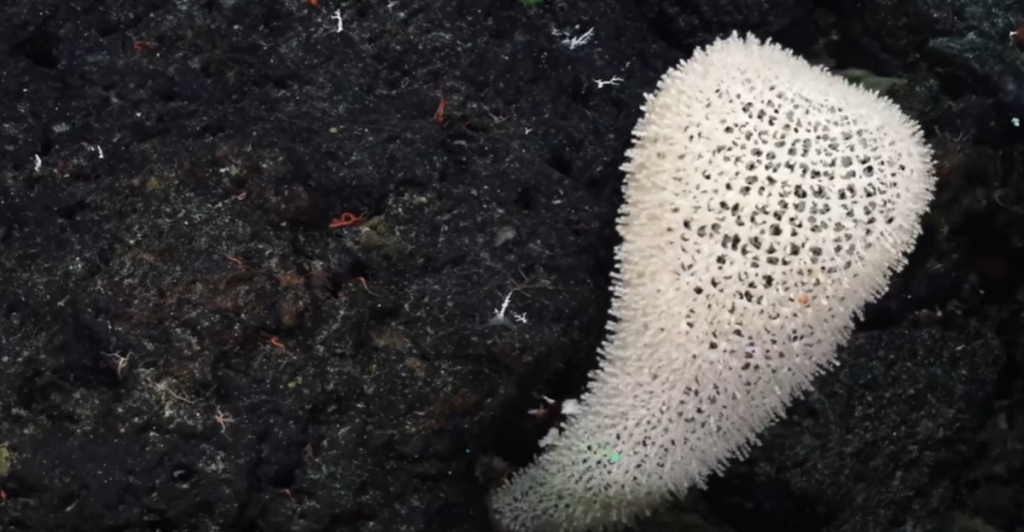
Antarctic sponges, such as Cinachyra antarctica, are among the longest-living animals, with some individuals estimated to be over 1,500 years old. Their extreme longevity is due to the cold, stable conditions of their deep-sea habitats.
These sponges grow at incredibly slow rates, sometimes just a few millimeters per year. Their long lifespans offer a unique perspective on aging and survival in extreme environments.
Research on Antarctic sponges contributes to our understanding of how life can persist under harsh conditions and the adaptations that enable such endurance.
8. Immortal Jellyfish
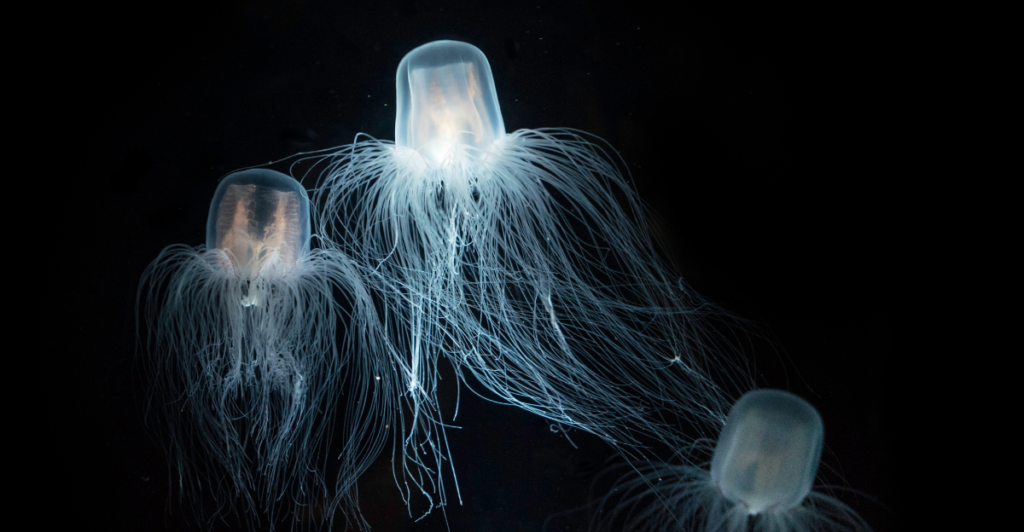
The immortal jellyfish (Turritopsis dohrnii) possesses a unique ability to revert its cells to an earlier state, effectively bypassing death under certain conditions. This process, known as transdifferentiation, allows it to cycle back to its juvenile form.
While not truly immortal, this jellyfish’s capacity for cellular rejuvenation has garnered significant scientific interest. Understanding its biology could have implications for aging research and regenerative medicine.
Despite its small size, the immortal jellyfish challenges our perceptions of life cycles and the potential for biological immortality.
Outliving Us All: The Real Longevity Legends
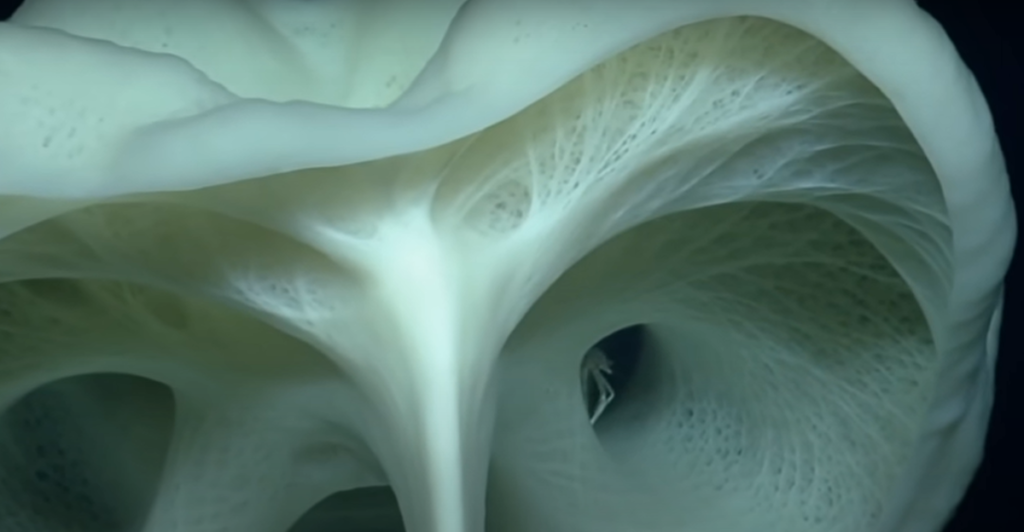
While we’re out here counting birthdays like trophies, these animals are clocking centuries—and in some cases, millennia—without breaking a sweat. From deep-sea clams to jellyfish that reverse their aging, these species have mastered the art of survival on a whole different timeline.
Most of them thrive in cold, low-stress environments with slow metabolisms and minimal drama. Coincidence? Probably not. The less chaos, the longer you live. Maybe the secret to longevity isn’t a miracle pill—it’s living like a 500-year-old clam buried in the sand, minding its business.
So, next time you light some candles on your cake, just know there’s a Greenland shark out there still waiting to hit puberty. Long live the legends—literally.
Explore more of our trending stories and hit Follow to keep them coming to your feed!

Don’t miss out on more stories like this! Hit the Follow button at the top of this article to stay updated with the latest news. Share your thoughts in the comments—we’d love to hear from you!







